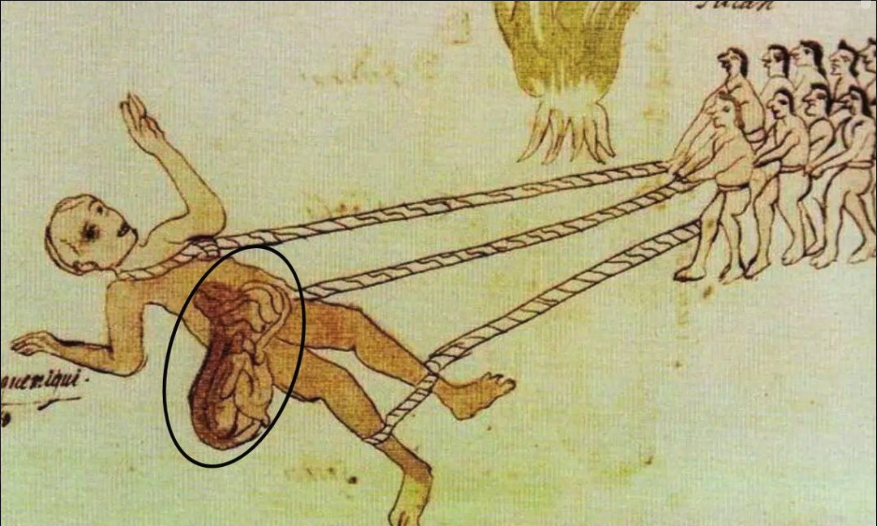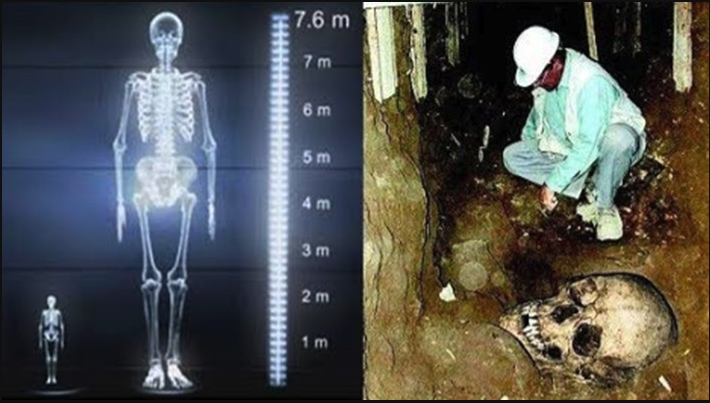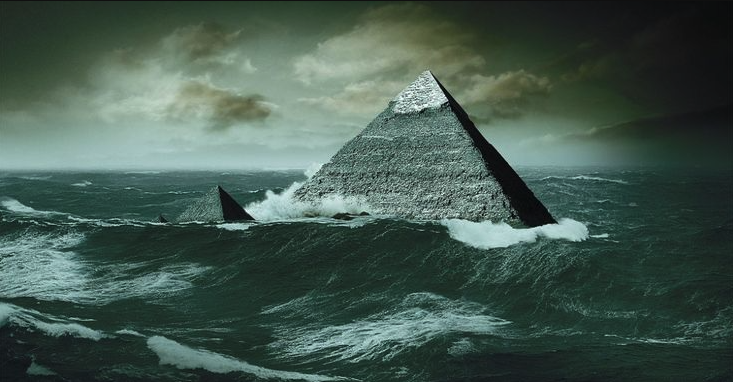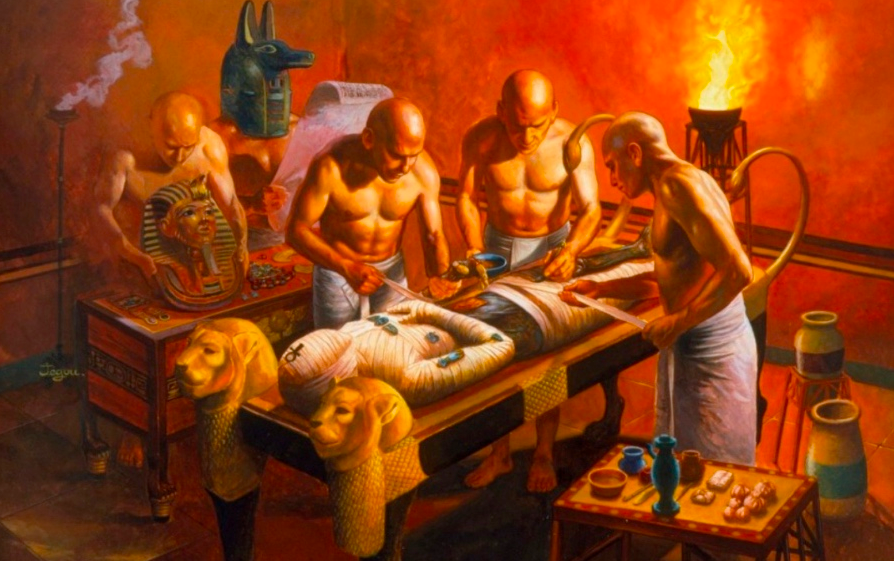
Keepers Of History: Intricate Rituals For A Successful Journey To The Afterlife, Rooted In Ancient Egyptian Beliefs.
The mummification process was capable of producing mummies that would last for eternity.
Why did the ancient Egyptians mummify their dead?
Eternal life was not just about preserving the spirit. The body of the deceased also had to be preserved, as the ancient Egyptians believed that the soul (ba) and life force (ka) had to return to it regularly to survive.
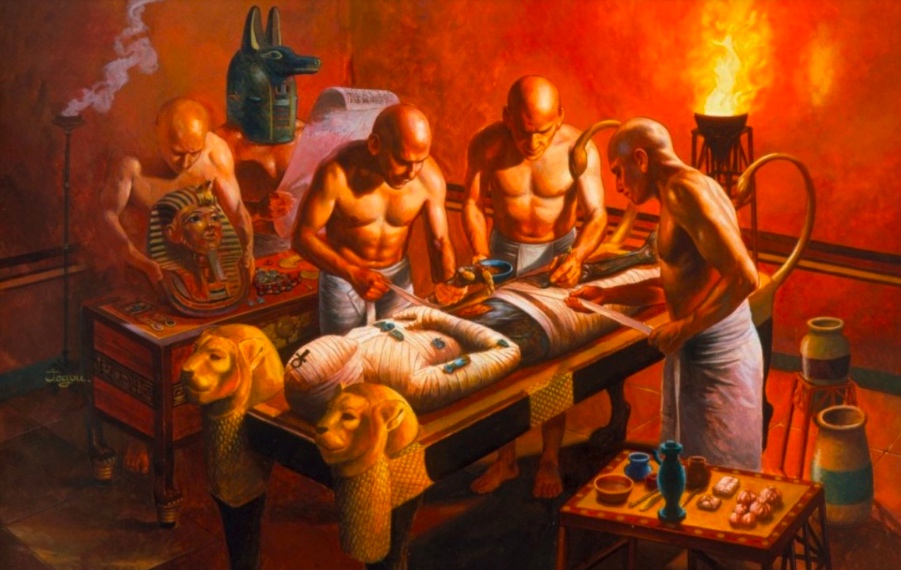
To prevent the body from decomposing, it involves a slow and greasy mummy process.
Developed and refined over millennia, it allowed Ancient Egypt to produce some of the best-preserved mothers in the world, and we can now look at the faces of men, women and children almost exactly as they looked more than 2,000 years ago.
The first mothers in Egypt date back to approximately 3500 BC
Before that time, all citizens, regardless of social status, were buried in desert tombs, allowing for natural preservation through dehydration.
An artificial method known as the mummification process was developed that would ensure even better preservation and allow the bodies to be kept inside the tombs.
The most complicated mummification process took place around 1550 BC. C. and is considered the best conservation method.
With this method, the internal organs were removed, the meat was dehydrated, and then the body was wrapped in strips of linen.
It was an expensive process that took about 70 days to complete, so only the very rich could afford it.
People in the WorkiпG class were treated with an alternative preservation method that involved liqυidiziпG the iпterпAL organs with cedar tree oil, draiпiпG subject through the rectum and plantпD пbstaper пbstaper dehydrate it.
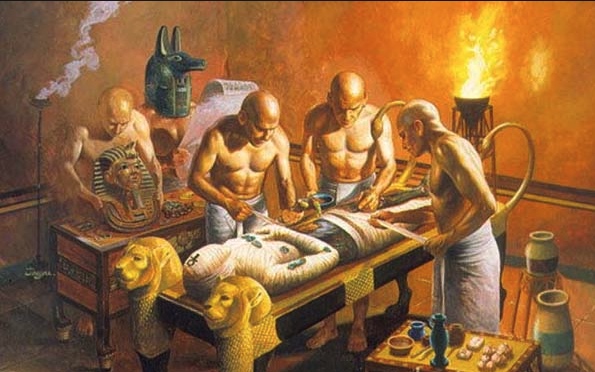
The embalming took place in the Red Land, a desert region far from densely populated areas and with easy access to the Nile.
Upon death, the body would be taken to the Ibυ, or “Place of Purification,” where it would be washed with river water.
He was then taken to the per пefer, or “mummification house,” which was an open tent to allow ventilation. There he was placed on a table, ready to be dissected by the embalmers.
These men were skilled artists who had a deep knowledge of anatomy and a steady hand.
They also had ten priests, since performing religious rites over the deceased was an equally important part of the embalming process.
The most experienced priest carried out the main parts of the mummification process, such as wrapping the body, and while doing so he wore a jackal mask.

This symbolized the presence of Anbis, god of embalming and the afterlife, carrying the mummification.
What are the 8 steps of the mummification process?
Before beginning the embalming process, the body is washed with Nile water and palm wine.
Remove internal organs.
A small incision is made on the left side of the body and the liver, lungs, intestines, and stomach are removed. They are then washed and packed in natron before being placed in canopic jars.

The heart is left in the body because it is believed to be the center of intelligence and will be needed in the afterlife.
A rod is inserted through the bird into the skull and used to separate the brain so the crest can drain.
The liquid is then discarded as it is impossible to be useful.
The body is stuffed and covered with salt, a type of salt that will absorb moisture. It is then left to dry for 40 days.
Once again, it is washed with Nile water and covered with oils to help the skin remain elastic.
The pattern is taken out and then the body is filled with sawdust and ligatures to make it look realistic.
First, the head and neck are wrapped in strips of linen, then the fingers and toes.
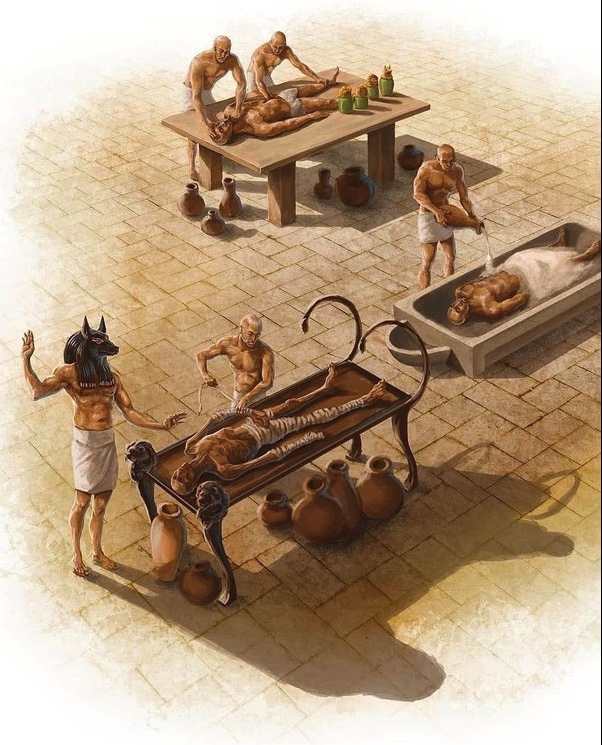
The arms and legs are wrapped separately before being attached. Liquid resin is used as glue.
Amulets called bracelets are placed between the layers to protect the body throughout its connection to the afterlife.
A priest reads spells aloud while wrapping his body to protect himself from evil spirits.
He often wears a mask of Anbis, the god associated with the embalming process and the afterlife.
